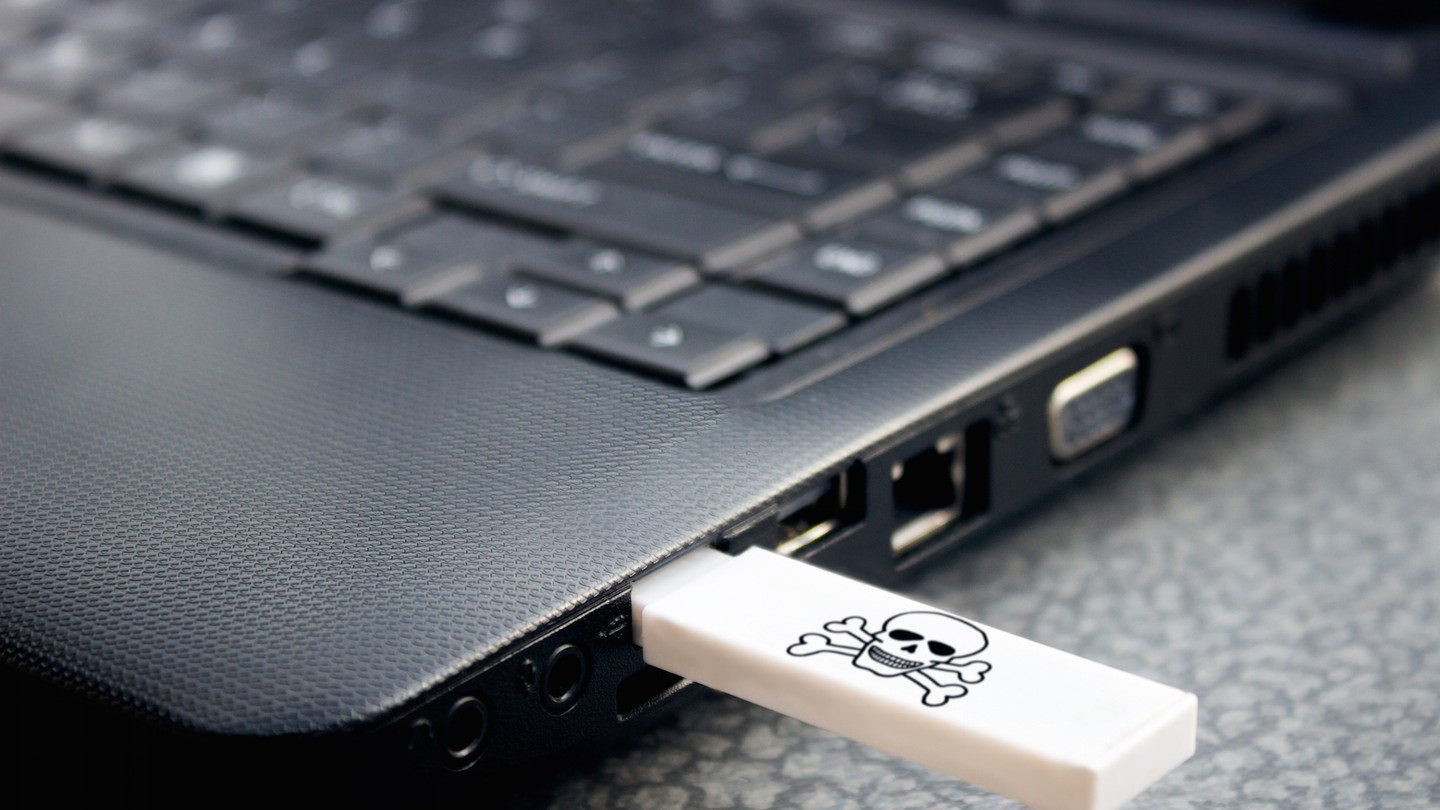
There’s sometimes a way around an air-gap.
Hacking air-gapped machines—computers that are not connected to the internet, so theoretically less vulnerable—is always pretty interesting. On Wednesday, Wikileaks published a series of alleged CIA documents that supposedly show how the intelligence agency’s malware was designed to infect these sort of targets.
Naturally, the documents indicate how the CIA has continued to develop its own hacking tools, allegedly targeting devices from smart TVs to internet routers.
According to one of the documents, “Brutal Kangaroo is a tool suite for targeting closed networks by air gap jumping using thumbdrives.” The 11 files allegedly come from the CIA’s Engineering Development Group, and appear to date from 2012 to 2016.
In short, a CIA operator first remotely installs a piece of malware on a system connected to the internet, the “primary host.” Then, an unwitting user inserts a USB drive into that system, and the malware infects the drive. The user then, hopefully, plugs that infected USB into an air-gapped computer unavailable to the CIA. The malware does whatever it has been configured to carry out, and sends any data back to the CIA once it is plugged into the primary host again.
Once the malware has infected a target, Brutal Kangaroo sets up its own “custom covert network” within the air-gapped computers, and can collect files, survey the victim machines, launch its own executables, and more, according to one of the documents. The malware can also delete a predetermined list of files, one of the documents adds.
Got a tip? You can contact this reporter securely on Signal at +44 20 8133 5190, or email [email protected]
One section of a user guide lays out problems that certain antivirus products have allegedly posed to the CIA malware. Symantec’s product supposedly generated a pop-up when the malware tried to automatically run, as did another product. According to the guide, security vendor BitDefender blocked “ALL Execution Vectors.” (A presentation included in the cache includes a diagram that implies detection of the malware has, at least at one point, been generally low).
Famously, the Stuxnet attack, widely believed to be the work of American and Israeli intelligence and which targeted the Iranian nuclear program, also made use of infected USB drives.
In a court filing from earlier this year, the Department of Justice may have accidentally confirmed the authenticity of the CIA documents.
Back in April, building on information previously distributed by Wikileaks, researchers at cybersecurity firm Symantec identified 40 allegedly linked hacking operations around the world, including targets in government, financial, energy, aerospace, and natural resource sectors.
[“Source-ndtv”]
| M | T | W | T | F | S | S |
|---|---|---|---|---|---|---|
| 1 | 2 | 3 | 4 | 5 | 6 | |
| 7 | 8 | 9 | 10 | 11 | 12 | 13 |
| 14 | 15 | 16 | 17 | 18 | 19 | 20 |
| 21 | 22 | 23 | 24 | 25 | 26 | 27 |
| 28 | 29 | 30 | 31 | |||



























